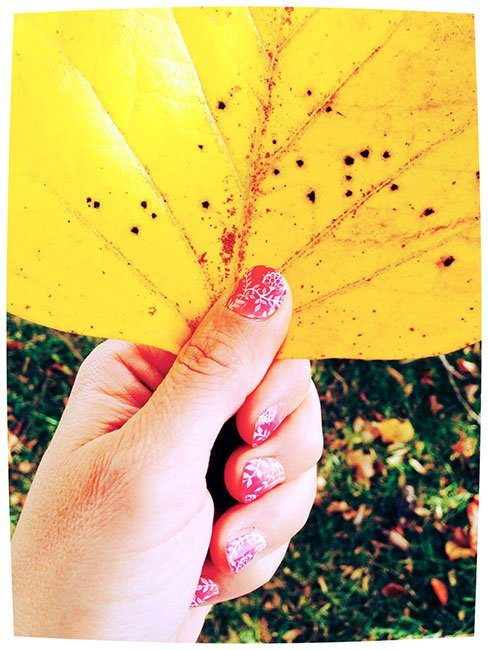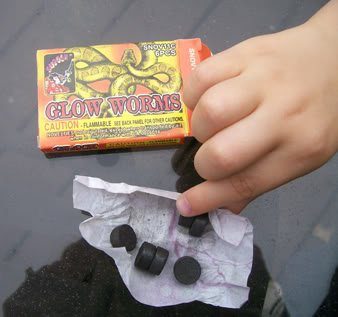We are always plugging the paci back into Miss Autumn’s mouth… well, she has showed us she is tired of us cramming that paci in her mouth… because, now she pulls it out herself and holds it in her hand by the handle. Sooo cute! Here is a picture of her doing it during belly time:

When I picked the kiddos up from my mom’s house today, she gave me a plant from Grandpa’s funeral. Its a Spathiphyllum which seems to be a very popular funeral plant. Anyway, I am a total outdoor green thumb, but inside… well, not so much so… I decided to look this plant up and it seems fairly easy to care for, and how cool to have a plant I can remember Grandpa by… So, please, pretty please don’t die on me Mr. Emil Plant. I just need to decide where to put it as its def. not staying on my kitchen table…kinda tall!!!
Oh and just incase you care… I am copying and pasting general info and care instructions for this plant. So, if you ever have one or if you already have one, you can read up on how to care for it. Just consider it a little lesson for the day.

Spathiphyllum
Spathiphyllum is a genus of about 40 species of monocotyledonous flowering plants in the family Araceae, native to tropical regions of the Americas and southeastern Asia. Certain species of Spathiphyllum are commonly known as spath or peace lilies.
They are evergreen herbaceous perennial plants with large leaves 12-65 cm long and 3-25 cm broad. The flowers are produced in a spadix, surrounded by a 10-30 cm long, white, yellowish, or greenish spathe. The plant does not need excessive light or water to survive.
Several species are popular indoor houseplants. Spathiphyllum cleans indoor air of many environmental contaminants, including benzene, formaldehyde, and other pollutants.[1][2] It cleans best at one plant per 10 m². It lives best in shade and needs little sunlight to thrive. It is watered around every week and a half. The soil is best left moist but only needs watering if the soil is dry.
Spathiphyllum is mildly toxic to humans and animals when ingested.





